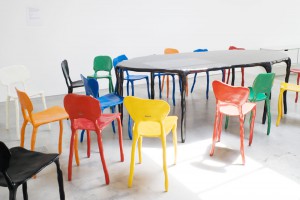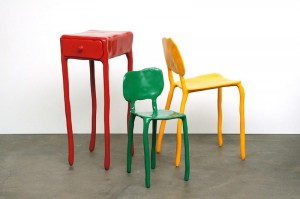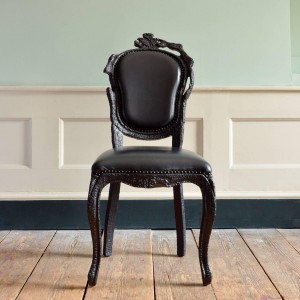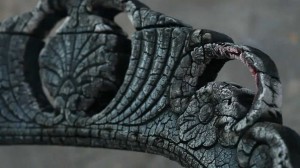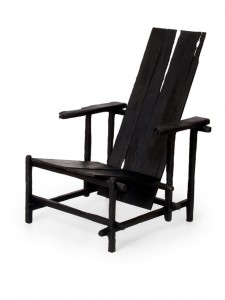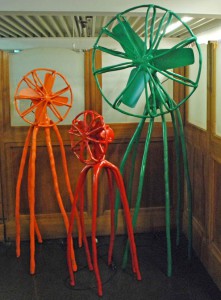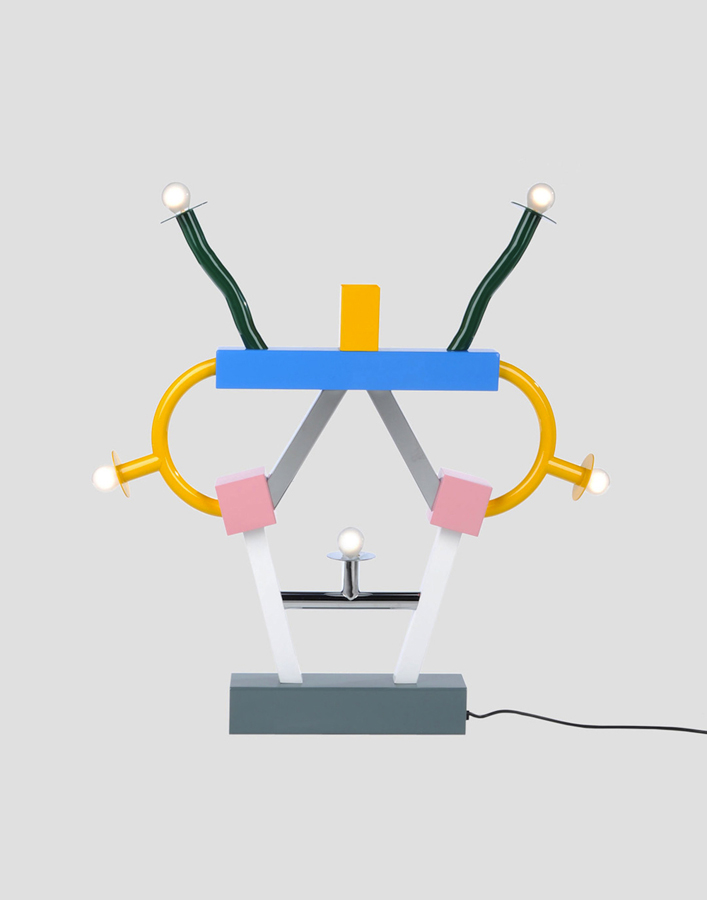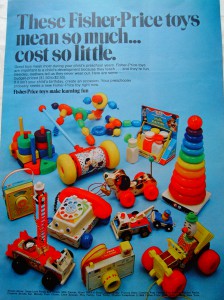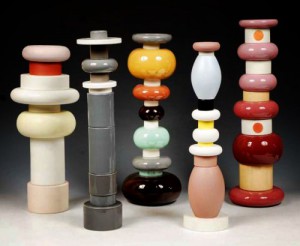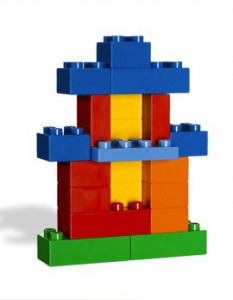I found « Clay furniture » by Maarten Baas really interesting as a design object.
First of all, I noticed the colors. Afterwards, the shapes.
My first impression of the piece was that it was more similar to a three dimensional drawing than to an object in space. It has very clear lines and really simple shapes. I like this work because, more than just being a practical, usable furniture, its unusual nature made it seem more like a work of art. Even if this artist is first of all a designer.
Maarten Baas tried to build (handmade) objects that remind of a part of the human body, I saw that when a man sits on a chair he becomes one with this chair. He was inspired by the human body to give a unique shape to his furniture. In this way they become like extended molds of the human body.
These chairs are not so different from classic ones (which the generic shape we would expect from a chair), although his purpose was not to recreate the classic chair. He designs it spontaneously made of industrial clay.
The colors used aimed to give life to these objects. Maarten Baas changed the nature of a stool and a chair. It’s not just a chair or a table, but something we are going to live with.
Quite ironically, Baas has tried to bring life by torturing.
Going from decomposing a ready made to creating an artwork in its whole, with his graduation project called « Smoke » at the Design Academy, metamorphosis remains the link to his works.
First he buys ready made furniture, which he destroys to create his own. From life, he uses death to give birth. Cutting, mutilating, burning, he ends with the suffocation of the object by applying varnish, letting the object remain what it has become.
This graduation collection had real success when it was presented in a personal show in 2004 at the Moss gallery in New York, two years after his graduation in Eindhoven.
How successful, he continue his collection by showing it in an exhibition called « Where There’s Smoke… » where he had the defiance to present burning classics designed chairs like the one by Rietveld, Gaudi, Sottsass and others.
Uncertain, colorful shapes, simple and childish, Baas tenderizes us with his Clay furniture. The proximity with the human body surely does give us a sympathetic effect.
By using clay as his material of choice to create his furniture, it seemed to me that the designer was expressing fragility. The shapes that the clay creates (not straight or parallel lines), adds to this idea of being fragile. Again, I think this refers back to the human body and its own fragility (bones can brake).
I got the impression that the legs were almost moving. It isn’t a very solid shape, not fixed to the floor. It’s a very fluid shape.
Torned feet, broken back, Baas plays with this uneven symmetry to destabilise us. Will they dare to?
Although seemingly nurturing with this simplistic and joyful harmony, I wonder if these works really are as sympathetic as they may let you believe. With these harsh, cold materials, what would our bum think when sitting on a chair made of clay with a metal carcass interior? Wouldn’t the fragility of our bones be going through hard times?
Fragility of the human body, fragility of clay. Have we ever wondered if a chair would be fighting our weight? Alike human legs, the chair’s feet seem uncertain. Homemade, this furniture takes a more artistic dimension than that of the classic ones. With these fine drawn lines, as I said above, the air runs through and gives to this chair, this table or this cupboard a lightness that reminds that of a three dimensional poetry. The softness of the paint recovered of varnish gives more comfort to the mind than to the body ; however aren’t they both as important?
This furniture becomes a real nice company. A touching fragility, friendly presence, comforting colors, amusing shapes, childish naivety.
Baas works in harmony with space, and finds a way to link his works.
Starting with very gloomy, dusty works, darkness reigns over his graduation work.
Baas has produced a real contrast between his two works « Smoke » and « Clay Furniture ».
A real meltdown of materials, processing and concepts, Baas presents us two projects which have similar use but are visually opposite.
